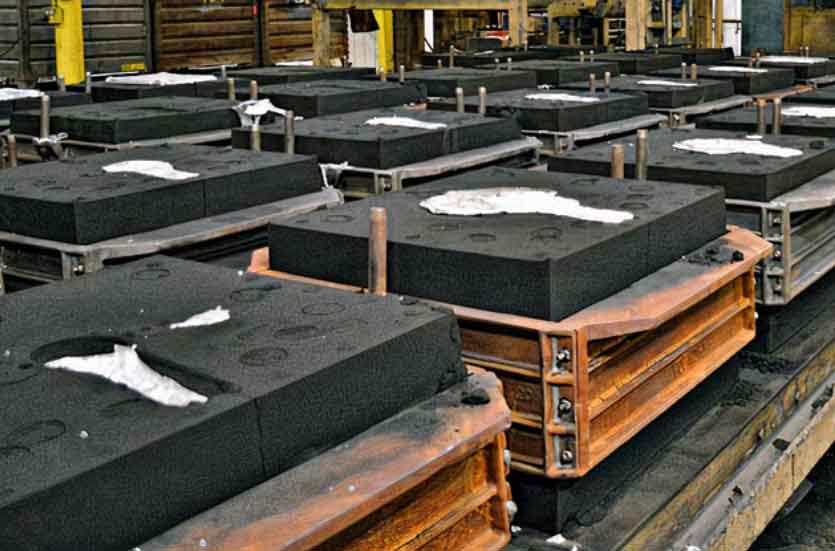As resin sand casting continues to evolve, innovations in technology have emerged to push the boundaries of this casting method, enabling new possibilities and further enhancing its capabilities. Some of the notable innovations in resin sand casting technology include:

1. Advanced Resin Binders:
Research and development efforts have led to the creation of advanced resin binders that offer improved properties and reduced environmental impact. Low-VOC (volatile organic compound) and eco-friendly resins have become more prevalent, addressing concerns about emissions during the mold-making process.
2. Digital Simulation and Modeling:
The integration of digital simulation and modeling tools has revolutionized resin sand casting. Finite element analysis (FEA) and computational fluid dynamics (CFD) simulations help optimize mold designs, gating systems, and cooling processes, improving casting quality and efficiency while reducing the need for physical prototypes and trial-and-error iterations.
3. 3D Printing for Patterns and Cores:
The marriage of 3D printing and resin sand casting has opened up new design possibilities. 3D-printed patterns and cores can be used to create complex and customized components, reducing the need for traditional pattern-making methods and significantly reducing lead times for rapid prototyping and production.
4. Hybrid Casting Methods:
Hybrid casting methods, such as combining resin sand casting with other processes like investment casting or lost foam casting, have been explored to capitalize on the strengths of each method. These hybrid approaches offer improved surface finishes, reduced material usage, and increased design freedom.
5. Automated Mold Making:
Automation has been introduced to various aspects of resin sand casting, including automated mold making systems that streamline the mold preparation process. Robotic systems are used for precise sand compaction, pattern placement, and mold assembly, leading to consistent and efficient production.
6. Smart Monitoring and Quality Control:
Innovations in sensor technology enable real-time monitoring of key process parameters during casting. Smart monitoring systems help ensure consistent mold quality, casting temperature, and solidification rates, leading to higher-quality castings and reduced defects.
7. Sustainable Sand Reclamation:
Sustainable sand reclamation technologies have been developed to recycle and recondition used sand, reducing waste and resource consumption. These systems extend the lifespan of sand, making the process more environmentally friendly and cost-effective.
8. Environmental Initiatives:
Foundries are increasingly adopting environmental initiatives to reduce their carbon footprint. Emphasis on green and eco-friendly practices, such as energy-efficient equipment and waste management, ensures that resin sand casting aligns with sustainability goals.
9. AI and Machine Learning Integration:
AI (Artificial Intelligence) and machine learning technologies are being explored to optimize process parameters, predict defects, and improve overall casting performance. These data-driven approaches enhance process control and decision-making in resin sand casting.
10. Lightweighting Solutions:
Resin sand casting is being utilized in lightweighting solutions, where complex designs and thin-walled structures are employed to reduce component weight while maintaining strength. This is particularly important in industries like automotive and aerospace, where weight reduction is critical for fuel efficiency and performance.
These innovations in resin sand casting technology not only break boundaries but also pave the way for more sustainable, efficient, and cost-effective metal casting processes. As the industry continues to evolve, the integration of cutting-edge technologies promises even greater advancements in the future.
